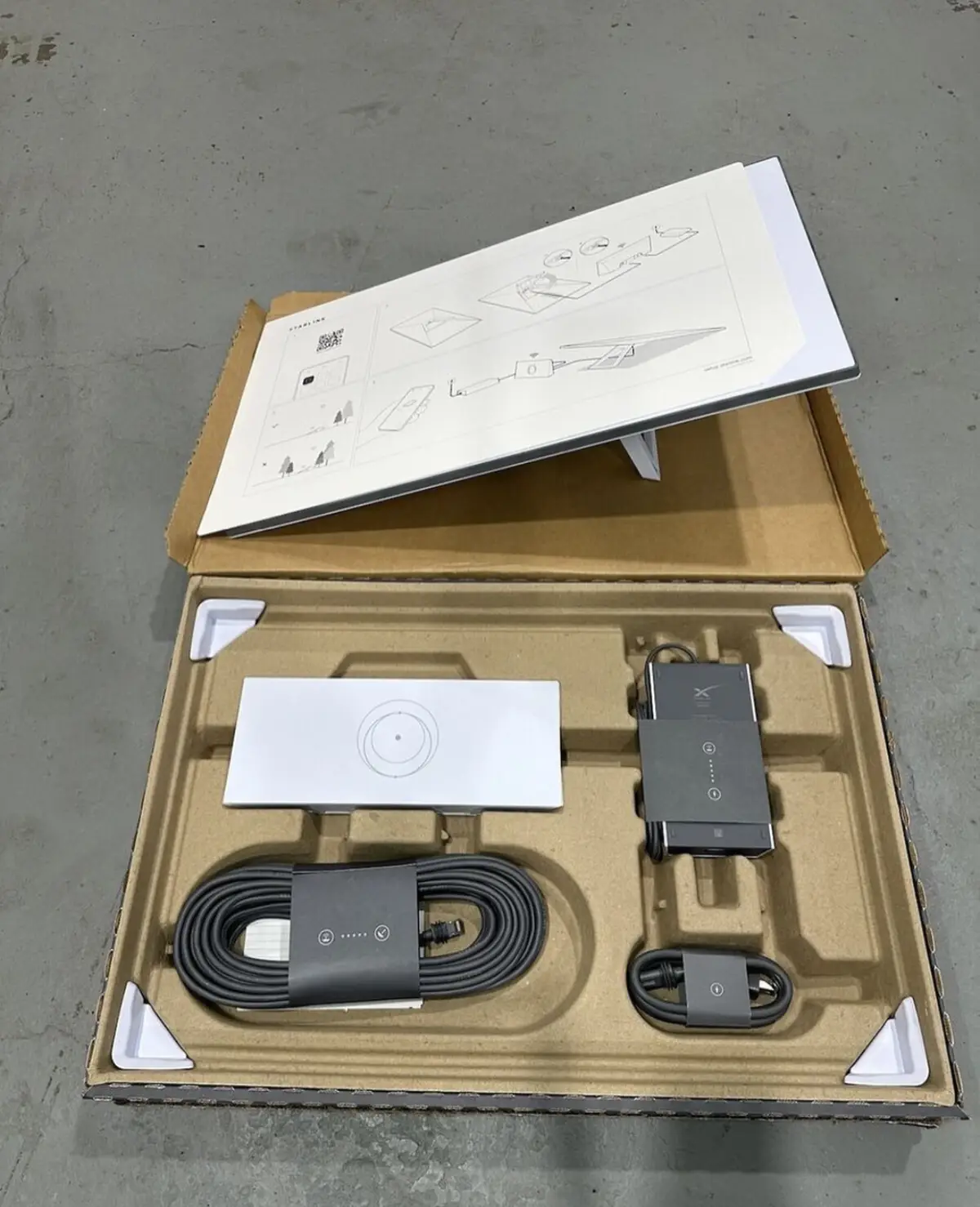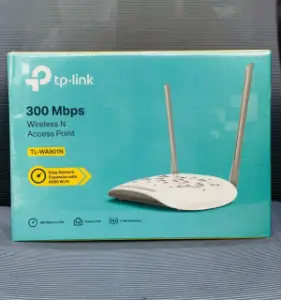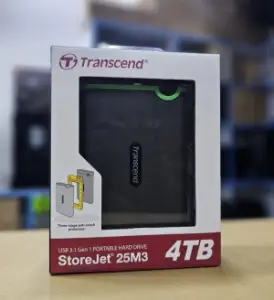The Starlink Standard Kit is the flagship consumer-grade hardware designed to connect your home or business to SpaceX's low Earth orbit (LEO) satellite internet constellation. It's designed for self-installation and offers high-speed, low-latency broadband in areas with traditionally poor connectivity.
Key Components:
1. The Dish (Often called "Dishy"):
· Gen 3 Model: The current standard kit features a rectangular, compact dish.
· Technology: It's a phased-array antenna containing 1,288 tiny antennas. This allows it to electronically steer its signal to track satellites seamlessly across the sky without any moving parts, making it highly durable.
· Heating: It has an integrated heater that automatically melts snow and ice, ensuring reliable service in harsh weather.
· Mounting: It's lightweight and can be placed on a roof, in a yard, or on a pole.
2. The Router:
· Wi-Fi Standard: A Wi-Fi 6 router, providing efficient and fast wireless coverage for your home.
· Design: Sleek, minimalist design with no external antennas.
· Coverage: Typically covers a medium-sized home. For larger areas, a Mesh Node can be added.
· Features: It automatically creates a single network (SSID) and manages both 2.4 GHz and 5 GHz bands.
3. Cables and Mounts:
· Primary Cable: A 50-foot (15.25-meter) proprietary cable that connects the dish to the router. It's designed for outdoor use.
· Power Supply: The router has an integrated power supply.
· Mounting Kit: The standard kit often includes a simple ground/wall mount. Various other official mounts (e.g., pivot, ridge-line) are sold separately.
Performance & Specifications:
· Download Speeds: Typically 25 Mbps to 150 Mbps, with peaks often exceeding 200 Mbps in uncongested areas.
· Upload Speeds: Typically 5 Mbps to 20 Mbps.
· Latency: Ranges from 25ms to 60ms, making it suitable for online gaming and video calls, a significant improvement over old geostationary satellite internet.
· Data Cap: For residential users in most regions, the service is **unlimited*, with a "Fair Use Policy" that may deprioritize heavy users during network congestion instead of applying a hard cap.







